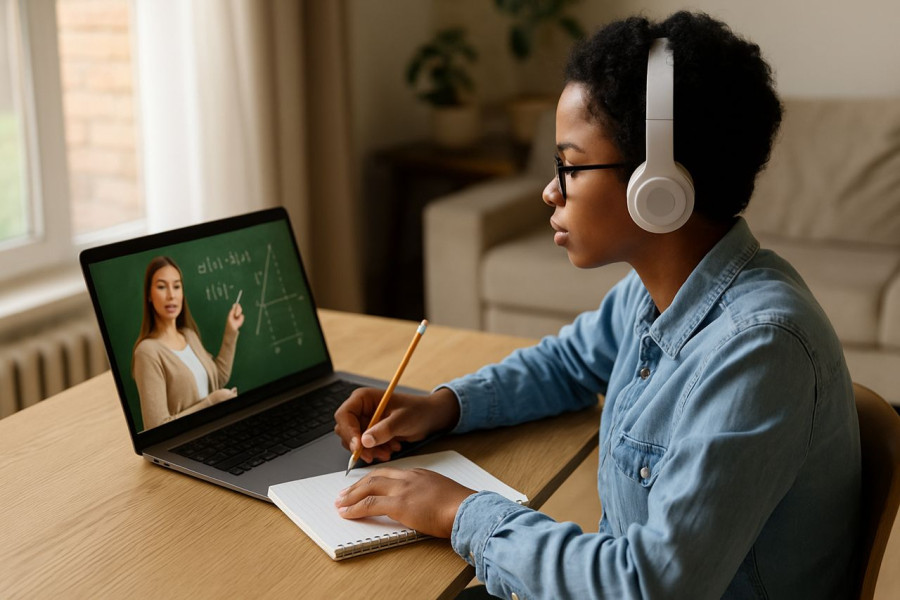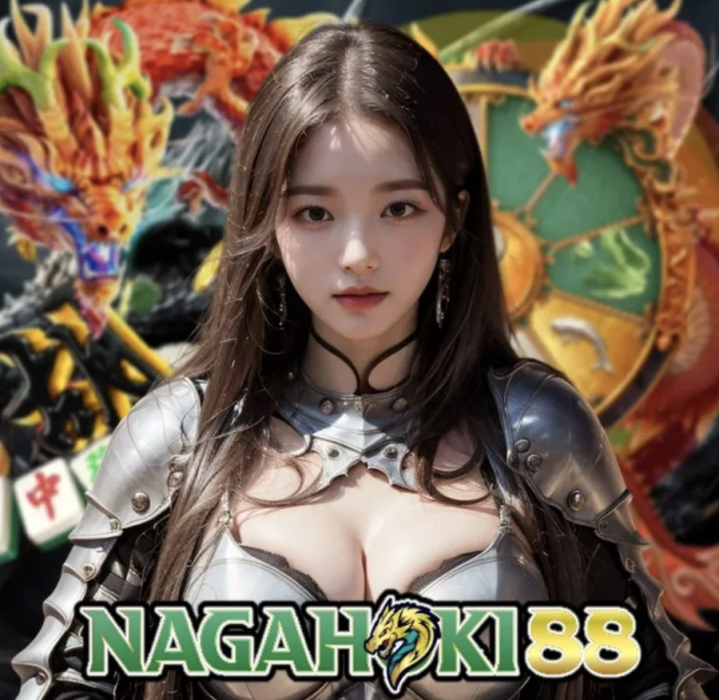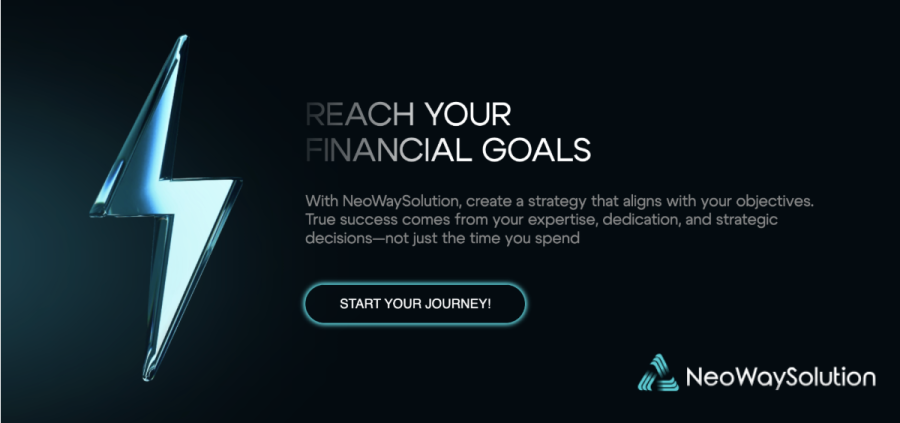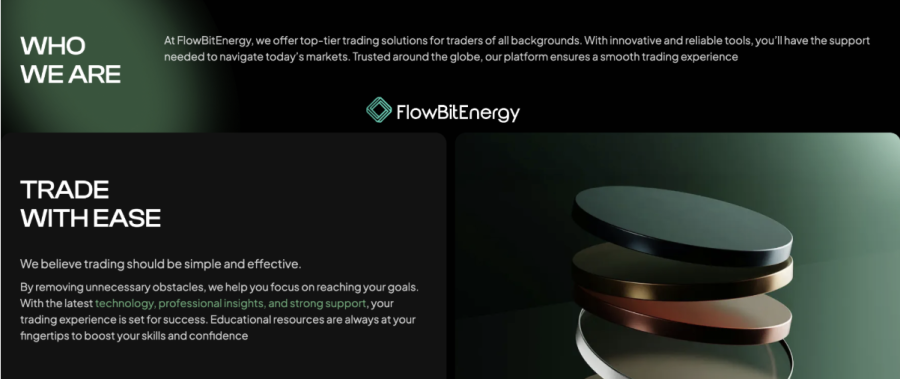Education is evolving: it is no longer considered as conservative as it used
to be. As technology advances and new specializations and vocations emerge,
online learning styles often follow suit.
Lectera is one of the most successful examples of globalization and
digitization in education. It is an international online platform with over 3
million students. Nowadays, a person's professional value directly depends on
their ability to adapt quickly. Employers are looking not just for a diploma,
but for practical skills that can be applied here and now. The traditional
education system, based on long courses and academic theory, does not always
meet these requirements.
How Lectera
differs from other platforms
Many online schools offer dozens of hours of theory that students often
don't even have time to apply. Lectera takes a different approach. All courses,
larger programs, and marathons — there are more than 200 offers on the platform
— use the Fast Education methodology. This involves learning through short,
thematically focused blocks with an emphasis on practice above all else.
Each course is divided into small modules that are convenient to complete
throughout the day: in the morning at breakfast, during lunch break, or on the
way home. Students consolidate each block by taking tests, solving case
studies, and completing checklists. This prevents perfunctory learning and
makes the training as practical as possible.
As a result, knowledge is immediately transformed into action — whether it
be creating a business plan, designing an advertising campaign, honing
negotiation skills, or developing critical thinking.
Who is
Lectera made for?
The platform is intended for those who value time and results. Typically,
Lectera attracts established professionals who wish to accelerate their career
growth, change their field of activity, or find a new job. At the same time,
there are many courses for beginners who are just looking for their dream
employer, cannot yet decide on their future career, or have chosen to learn
several useful skills for their future resume. More than three million students
have completed training on the platform and received certificates confirming
their qualifications.
The courses cover both classic skills, such as sales, negotiation, and the
basics of entrepreneurship, as well as more modern ones, such as digital
marketing and personal branding, leadership and emotional intelligence,
financial literacy, and creative thinking. This choice allows students to
follow their individual path — from the first steps to expert level in their
chosen field.
Accessibility
without borders
One of Lectera's competitive advantages is its global inclusivity. The
courses are available in more than 18 languages, making them accessible to
students around the world. Unlike many foreign platforms, where training is
limited to English, here everyone has the opportunity to study in their native
language and focus on the content, but if they wish, they can also improve
their foreign language skills.
The technical aspect is also geared toward a mobile lifestyle: all you need
is a smartphone to tap into the learning experience anytime. That said, the
interface is also user-friendly for other gadgets.
Fast
results
The main indicator of any platform's effectiveness is student results.
Lectera students report not only increased confidence in their professional and
personal lives, but also tangible achievements: higher salaries, new career
opportunities, and successful startups. All of this confirms the core
principle: education should not just impart knowledge, but change lives for the
better, open new horizons, contribute to improving living standards, and
promote sustainable development in society.
Lectera goes beyond the usual boundaries of online education. It does not
overload students with theory and does not require months to master the
material. Instead, the platform offers a practical, fast, and accessible path
to new skills. While traditional methods teach “someday in the future,” Lectera
teaches how to act today. This is what sets it apart from its competitors and
makes it a tool for those who want to manage their careers and futures — step
by step, but without delay. However, such platforms have not been around
forever. In short, the history of online education has been a rocky one.
How it was
before: first steps towards becoming online
The idea of remote learning originated in the 19th century. One of the
trailblazers was British inventor Isaac Pitman, who organized correspondence
courses in shorthand in 1840. Students received assignments, sent their
translations back, and Pitman returned the corrected work. This experiment laid
the foundation for the correspondence education system.
Other initiatives soon followed. In 1850, Charles Toussaint and Gustav
Langescheidt offered French language lessons by correspondence. In 1873, Anna
Eliot Ticknor opened courses in higher education for women in the United
States. Later, correspondence programs in Pennsylvania began training
specialists for mines. By the beginning of the 20th century, millions were
already studying at the International Correspondence School.
Correspondence courses were accessible, but faced the problem of low
motivation: long waits for letters and a lack of supervision led many students
to drop out.
Everything
changed with the advent of new technologies
With the spread of radio, new formats emerged. In Australia in the 1950s,
the Radio School was launched for children in remote areas. Lessons were
broadcast on radio stations, and assignments were sent by mail or airplane.
This format allowed children to study without leaving their families and even
communicate with their classmates over the airwaves.
Universities began using radio as early as the 1920s, starting in
Pennsylvania and Iowa. By the middle of the century, educational programs had
become a prominent feature of US broadcasting. Later, universities embraced
television: in the 1930s, televised lectures and educational films appeared in
America and Europe. In the 1960s, there was active experimentation with
teaching via telephone and satellite channels.
In the mid-20th century, systems such as PLATO (Programmed
Logic for Automatic Teaching Operations) appeared, providing access to courses
via an intranet. In the 1970s and 1980s, networked learning
practices began to emerge, allowing people to learn together and exchange
information via computer networks.
A true
breakthrough: Open University
A key event was the founding of the Open University in the UK in 1969. It
made higher education accessible to adults who wanted to study and to
low-income groups. Teaching was conducted via mail, radio, and cassettes, and
mentors helped students master the programs. Over time, this model spread
around the world: similar universities appeared in Europe, Canada, China, and
other countries.
Today, online education is no longer an alternative option or just an
additional course, but a full-fledged way to gain the same university knowledge
and skills, but in a more concise, practice-oriented, and useful format. It is
also accessible to those who, for various reasons — family circumstances,
geographical location, or health issues — could only dream of obtaining a
profession before. Thanks to technological progress and a focus on inclusion,
the online format is becoming a universal, adaptable, and humane educational
tool.
Trends in modern online learning from Lectera
·
Lifelong learning implies
continuous development, namely the ability to regularly “refresh” competencies
and acquire new ones;
·
Personalized education —
adaptive platforms tailor learning to each student's pace, abilities, and
interests;
·
Holistic Education — that is,
developing not only intelligence, but also cognitive skills, creativity, and
leadership qualities;
·
Agile and Scrum techniques in education
— dividing the program into short cycles of 3–4 weeks helps students absorb
knowledge gradually and productively, while teamwork, brainstorming, and
experiments make the process lively and active;
·
Immersive learning — virtual
and augmented reality allow you to immerse yourself in your studies: practice
operations in a virtual operating room, explore historical locations in 3D, and
perform engineering simulations;
·
Gamification and social learning
involve the introduction of game elements (points, badges) and collective
interaction through forums, group assignments, and regular feedback;
·
Microlearning consists of
short, concise modules, such as those found in Lectera. They are ideal for the
fast pace of life and the short attention span of users;
The STEAM approach — combining science, technology,
engineering, art, and mathematics — develops critical thinking, creativity, and
the ability to see connections between a wide variety of disciplines.









